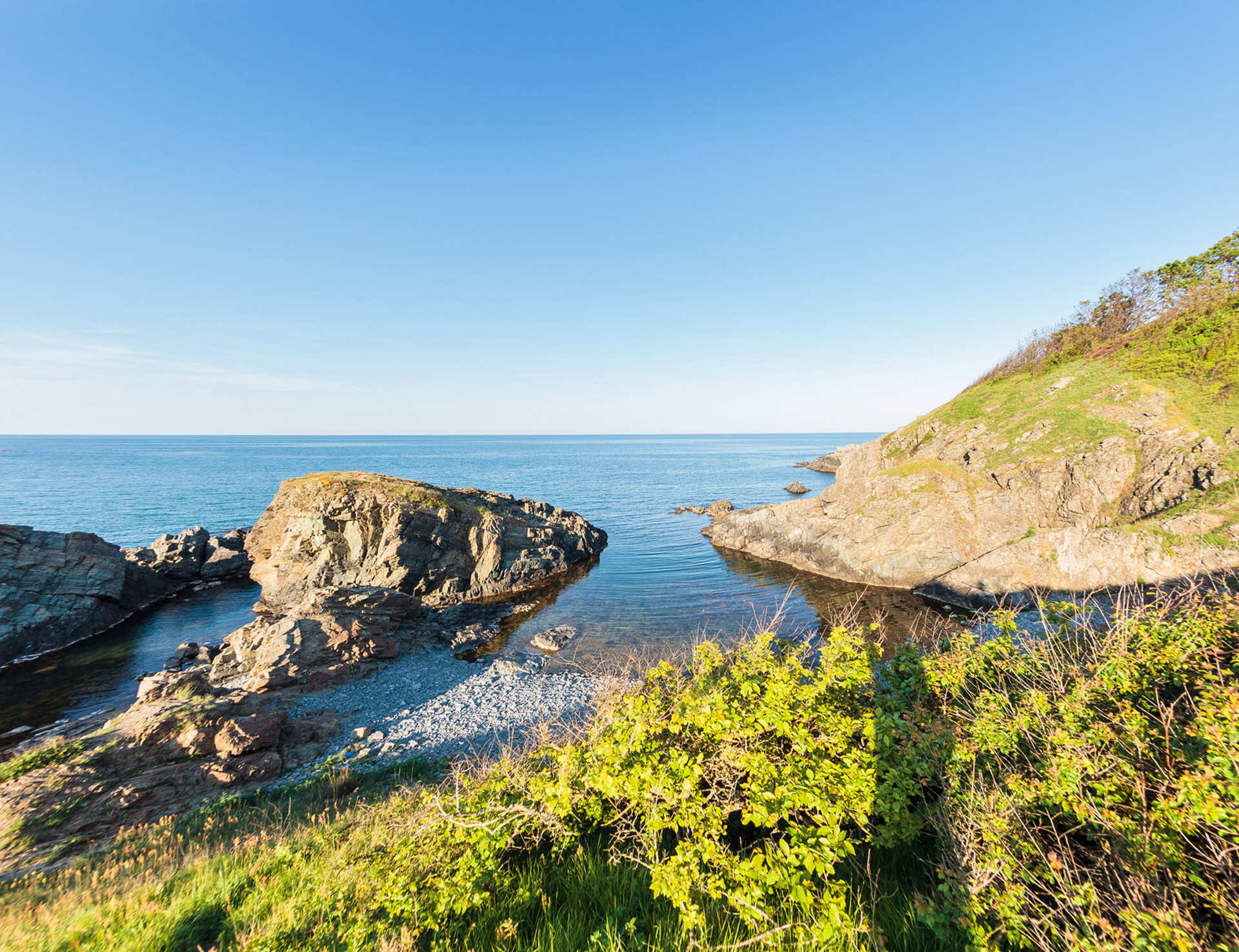
Zabernovo Village
It is located 4 kilometers south of the main road Bosna-Vizitsa-Papazova niva, 44 kilometers from the town of Malko Tarnovo, and 61 kilometers from the city of Burgas; 260 m a.s.l.
Old name: Zaborna – from the Thracian language root “berna” – full, abundant.
Population: 103 residents
Located at the foot of Bosna–Ugrash ridge. The Ugrash hill is a watershed between Dudenovska and Zelenikovska rivers (to the north), Oryashka river (to the east), and Strumnitsa and Zaberska rivers (to the south). Ugrash is a universally-acknowledged haidouk gatherings place, where the detachments of famous Strandja voivodes met, among which Strati voivode.
Near the village there are many Thracian and ancient monuments – dolmens from the tenth century B.C. and mound necropolises. The remnants of an early Byzantine fortress have been localized 4 kilometers southeast of Zabernovo at a turning of Stramnitsa river. Traces of metallurgical activity has been found in the Rupite area. According to Goro Gorov, up until the XIV century the land of Zabernovo hosted the Parorian monastery complex of Gregory of Sinai, founder of Hesychasm.
Zabernovo is the birthplace of the popular in the early XX century children‘s writer Grandfather Blago (Stoyan Rusev) and the most famous folklorist and researcher of Strandja Goro Gorov.
No accommodation options are available in the village.
The village fair is on the Day of the Dormition of the Mother of God (August 28).
St. Luka Church
The oldest rural church in the interior of Strandja, which has survived until nowadays. It dates back to the ХVІІ century and is a monument of culture. It is low, and almost half of it is sunken in the ground. The walls are built with stone blocks. The apse is decorated on the outside with a brick ornament “wolf’s tooth” and a travertine block with a raised equal cross. There are five niches at the altar, and in the middle there is a round window with a grid of two crossed sticks. The open narthex and the school room belong to a later construction period (nineteenth century). Today the room, which is a type of church school, is reconstructed and open to visitors.
Chapels
St. Petka – situated 5 kilometers northwest of the village. The chapel was built in 1869 on a site which is presumed to have been the site of an eponymous medieval monastery;
St. George – located about 2 kilometers south of the village. In the altar, there is a built-in slab depicting a Thracian horseman.
Holy Ghost – 1 kilometer east of Zabernovo, close to a dolmen;
St. Marina – remnants from a chapel located on a steep and difficult terrain, which is believed to have served as a place for punishment of the monks of the Parorian Monastery in Strandja, if they happened to commit a sin.
